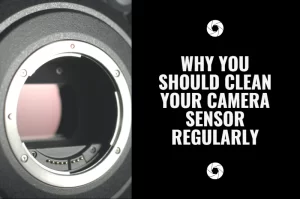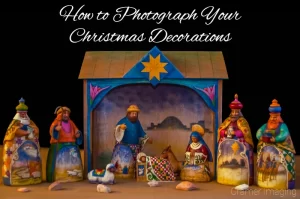So, you find you’re interested in landscape photography. Welcome to the club. Perhaps one of your next questions is about what the best camera for landscape photography is. It’s only natural to ask. I asked that question myself once when I decided to specialize there. So, since I’ve put in a few more years as a photographer since then, I’ll share with you the advice I encountered when shopping for my first serious landscape photography camera body. I hope it will help guide you in your decision-making.
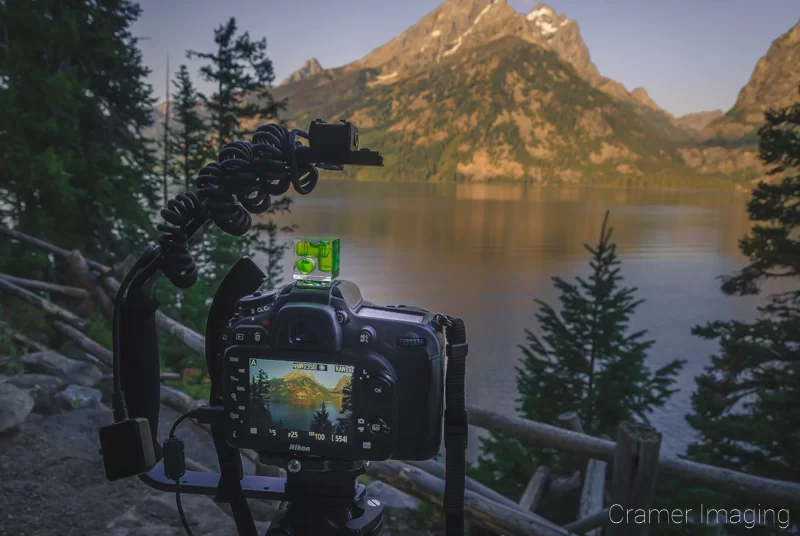
Disclaimer: I will not list off what specific camera body models I think are good for landscape photography and which are not. That’s not why I’m writing this article. There are too many models out there on the market for me to individually test and the manufacturers make more every day. Instead, I will give you more general advice on what to look for so that you can use this advice in perpetuity, rather than returning to reviews every time a new camera model arrives on the market. Also, this advice will work across brands and platforms.
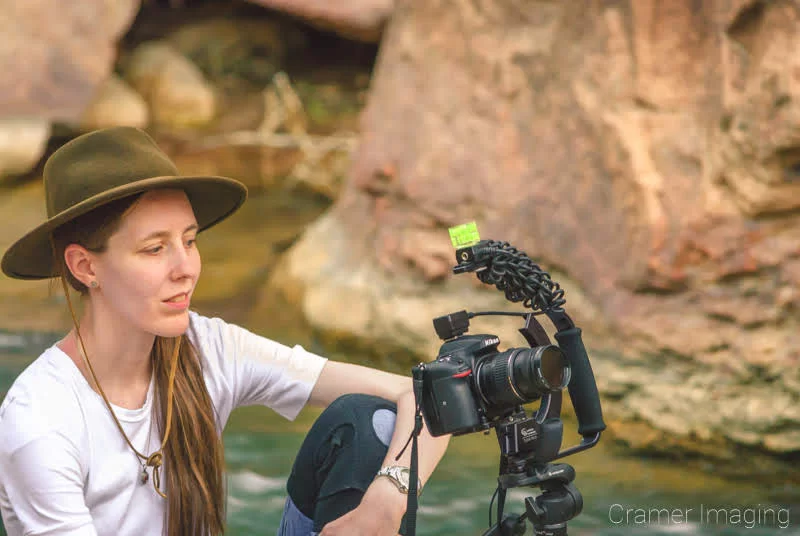
So, sorry if you came here looking for whether or not your exact camera model will work for landscape photography. The answer there is that most cameras will work in some fashion for landscape photography.
The Background
High end cameras these days come with all sorts of bells and whistles. You’ll find extremely short shutter speeds and high card-writing speeds for high-capacity action photography. There’s also extreme ISO range for incredibly dark situations like deep night or dark rooms. You get the idea. There’s all kinds of functionality for all kinds of situations. The more extreme and niche the situation, the more expensive the camera body built to facilitate that photography. It’s that simple.
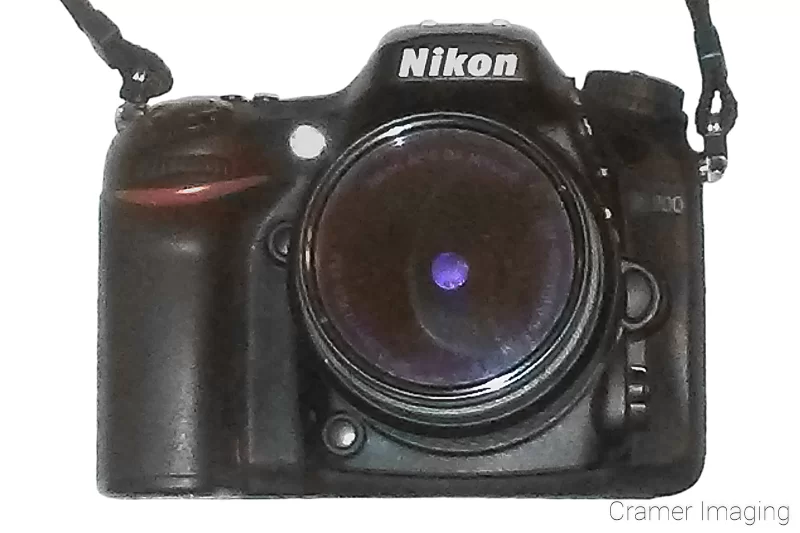
So, with all the different camera brands and models on the market today, how do you find just the right camera for you and your landscape photography pursuits? It’s very simple.
- You sit down and list off the kinds of landscape photos you intend to take. This step might require some time, exploration, and soul searching. Take that time. It’s worth it.
- Then you consider what kinds of camera features you need to make those shots happen. Do some research if you need to. List those important and necessary features down so you don’t forget them as you shop.
- Finally, with that list of camera features, you shop for a camera body which will meet those needs. If you’re already invested in a particular system or platform (Nikon, Canon, Sony, mirrored, mirrorless, etc.), then shop within that system/platform if you can unless you want to completely overhaul and replace your existing system. If you aren’t already invested in a system/platform, then you can much more easily shop between the brands, platforms, and styles to compare before deciding upon one.
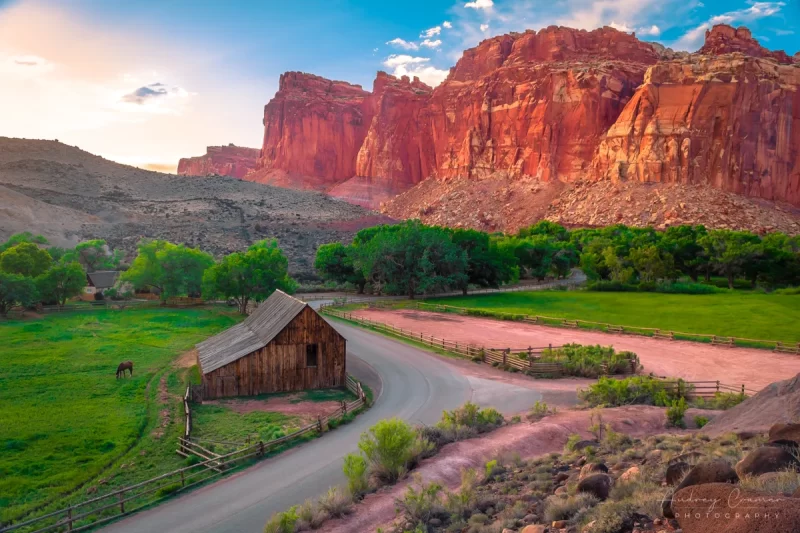
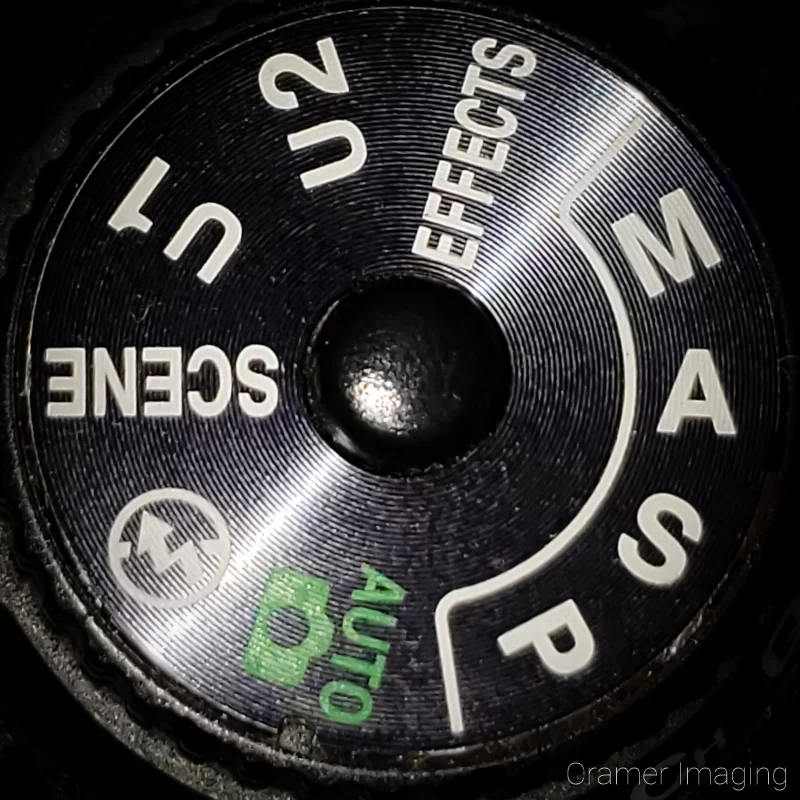
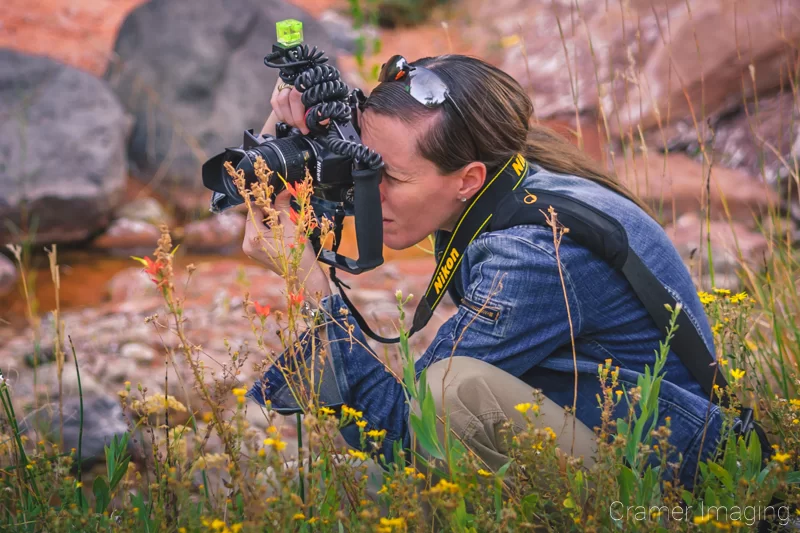
This is the advice I found and followed when it was time for me to choose my first landscape photography camera body. Sadly, as that was almost 10 years ago (at time of writing), I cannot remember where I found that advice. If I did, I would give credit where credit is due. But the advice stuck with me.
Sample Questions About Your Photography
Here’s a list of sample questions you can ask yourself about what photography you pursue. Since you’re reading an article about the best camera for landscape photography, I already assume that landscape photography is on your list. If you can think of more questions to ask yourself, that’s great. Share them in the comments section below and I might update my list here.
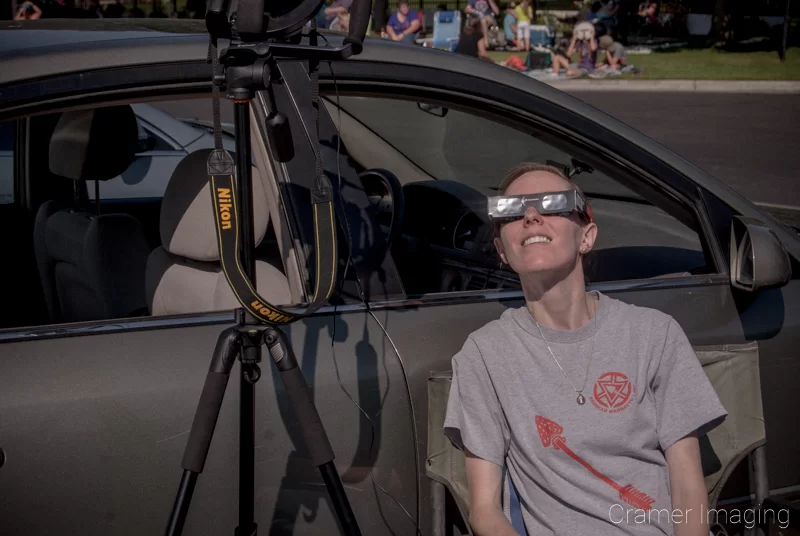
- Will you also pursue wildlife photography?
- How about non-landscape nature photography which might include macro?
- Do you want to pursue astrophotography or astro-landscape photography?
- How about adventure photography?
- Are you interested in time-lapse photography?
- What other interests in photography do you have which you might need to use this camera body for? Weddings and events? Portraits? Stock photography? Lifestyle photography? Sports and action photography? Photojournalism? Concert photography? Something I didn’t think of here?
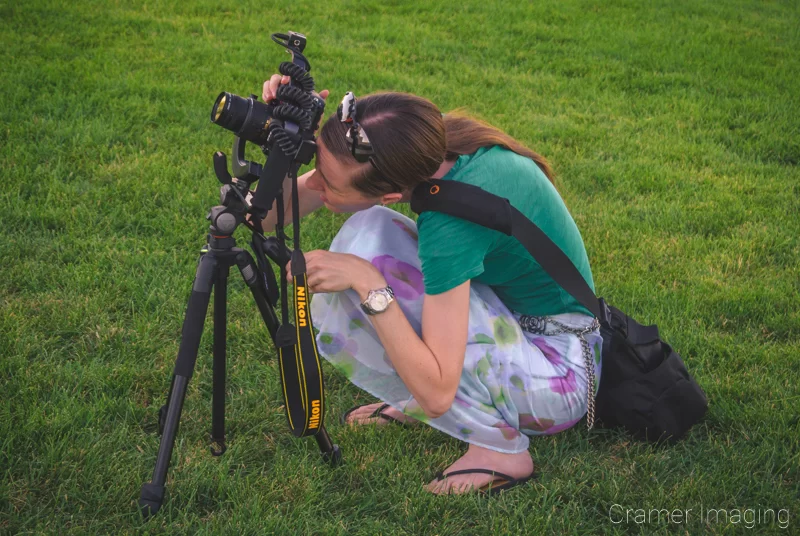
These questions, and more you may think of on your own, will dictate what kinds of photos you will take and, thereby, what camera body you will need. So, consider these points carefully.
Also remember that you might, at some point in the future, decide to expand your interests, skills, and portfolio into more related or unrelated kinds of photography. I expanded from landscape and nature photography into astrophotography (related) and concert photography (unrelated). You never know where your journey will lead, so leave some room for expansion in your photography pursuits.
Sample Camera Feature Needs
Now that you narrowed down what you want to shoot, you can translate those desires into what your camera body needs for your landscape photography. If you need to research out what you need to achieve your dream portfolio that way, then do so. There are plenty of experts, myself included, who will happily tell you what you need to succeed. So, now let’s look at some samples of needs you may encounter based upon what kinds of landscape photos you want to take.
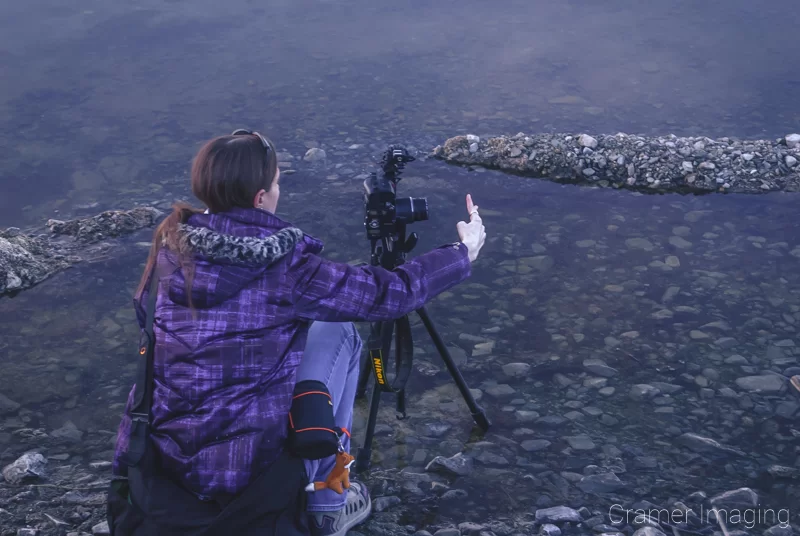
- High camera shutter speed, high ISO, and high card write speed (includes the memory card too) for action shots (Aperture is covered with the lens). This covers wildlife and adventure landscape photography.
- High ISO and low noise. This covers astrophotography and other low light situations like blue hour.
- Mirror lock (for mirrored cameras only) for that extra bit of sharpness. This covers all landscape photography.
- A remote trigger port for removing hand giggle blur and allowing for long shutter speeds. This covers most landscape photography.
- Bulb mode for allowing for extra-long and custom shutter speeds. This is especially applicable in astrophotography but can have use in regular landscape photography too.
- Waterproofing for rainy and other wet photography situations. This covers all landscape photography.
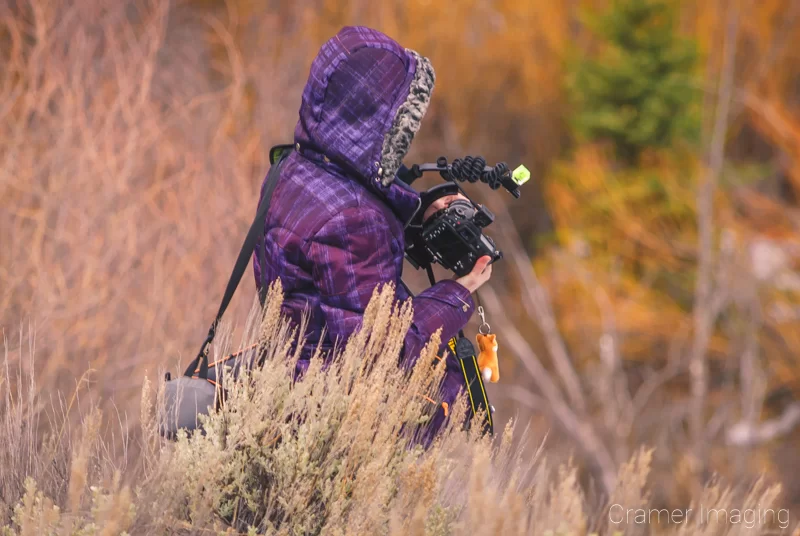
Please keep in mind that this is a sample list. Your personal needs may differ depending upon what you want to do with landscape photography. Also, don’t forget to factor in specific needs for other kinds of photography which you currently or wish to pursue. Weirdly enough, sometimes you might find that those needs overlap. That’s a bonus on planning for you.
Shopping for the Best Camera for Landscape Photography for You
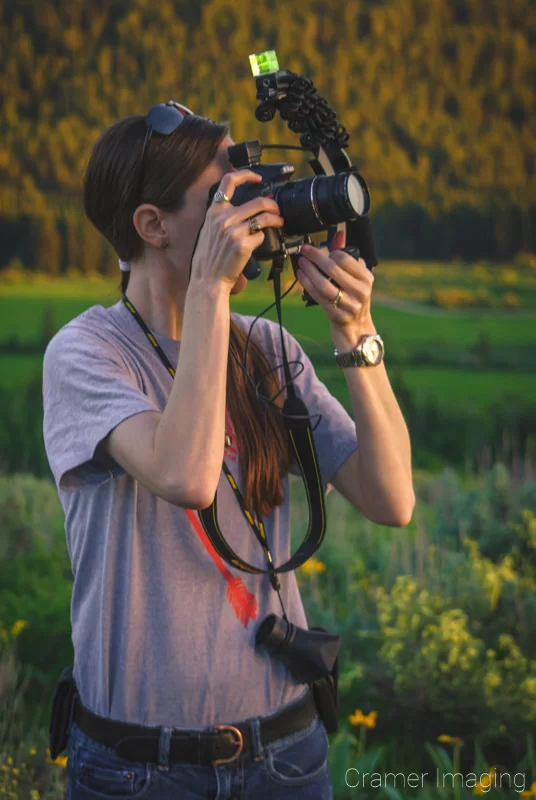
So, now you have your shopping list. It’s time to go investigate what the market has. As buying a camera body for any reason is often a rather significant purchase, do your homework. Research out cameras and see what models and platforms have what you need and which don’t. Take time to read up on reviews and watch review videos. Make sure that these reviewers actually used the product. It helps if you see pictures of them holding it or see them holding it in the video. This means they probably actually used that model out in the field and can give you more accurate information.
Do side-by-side comparisons. Many camera manufacturer websites will let you do just that. Also, look up third party reviews. They will often (but not always) present a less biased comparison when they offer comparison reviews.
Make sure you learn what the negatives are. Can you work around those negatives or eliminate them entirely with your use? This is especially important.
My experience? I once purchased a new tripod head with a known issue. I didn’t fully research out the head before buying. Sadly (or fortunately), I discovered the flaw upon testing at home and not out in the field. The mount didn’t hold the camera in place properly. So, when I tested its stability and grip with a shake, suddenly the camera came flying off. With supreme luck I managed to divert my camera onto the bed, so it survived. Then, I immediately started shopping for a replacement mount for that head. You need to know about issues like this before buying if possible.
First-Time Camera Selection Specific Tips

If you’re now choosing a brand for the first time, research out the brand in general. Figure out if you might want to use third-party brand lenses now or in the future. Will your chosen brand work with those lens brands? Here’s an example.
Nikon will not support autofocus for lens brands who are not headquartered in Japan. It’s supposedly because of some quirk in Japanese law. If you eventually want to use Zeiss lenses, then you cannot start with Nikon and expect autofocus to work on your Nikon camera body. Zeiss is headquartered in Germany. I know that asking you to think long-term like this as a budding landscape photographer is daunting, but you can still research things out. More seasoned photographers will reveal information like this online.
Also, figure out if you’re buying a camera body only or a kit containing compatible lenses too. A DSLR (or SLR camera) will not work at all without detachable compatible lenses. These are often a separate purchase unless you buy a camera kit.
Try Before You Buy?
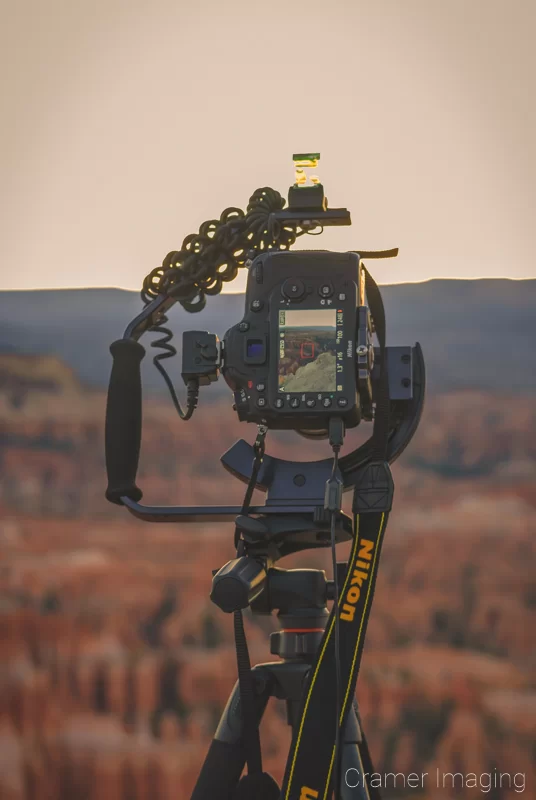
I bet some of you out there are wondering if you can perform the equivalent of a test drive before you sink money into a new camera body. The answer is a resounding ‘yes.’ In fact, I recommend doing so if you can. The way to try before you buy is to rent the camera body (lenses too if necessary). Thankfully, there are a few places you can do so. Your local camera shop might rent some gear. Check it out for yourself.
Alternatively, you could look into an online camera equipment rental center. I’ve used BorrowLenses in the past myself and been satisfied with the service (not a paid endorsement). You could use them or another service. They’re far from the only option.
I’ve enjoyed a piece or 2 of camera equipment I rented there so much that I purchased my own. Also, I’ve learned that I don’t like or need particular pieces of gear so I returned the equipment with little money sunk into the venture compared to what an outright purchase would do.
So, this is one of the best pieces of advice I can offer you when deciding upon the best camera for landscape photography for you. Rent the top 2 or 3 camera bodies on your list and see what works best for you personally. Then make the purchase. If you follow this advice, then you’ll know what you want from experience rather than hoping your purchase will work out.
What is Generally the Best Camera for Landscape Photography?
I know that I gave you a bunch of advice which requires you to think about your particular needs and wants. Sadly, that’s often the best advice anyone can give. However, I also have a few years of experience in the field. I can easily point out a couple pieces of advice which others may overlook.
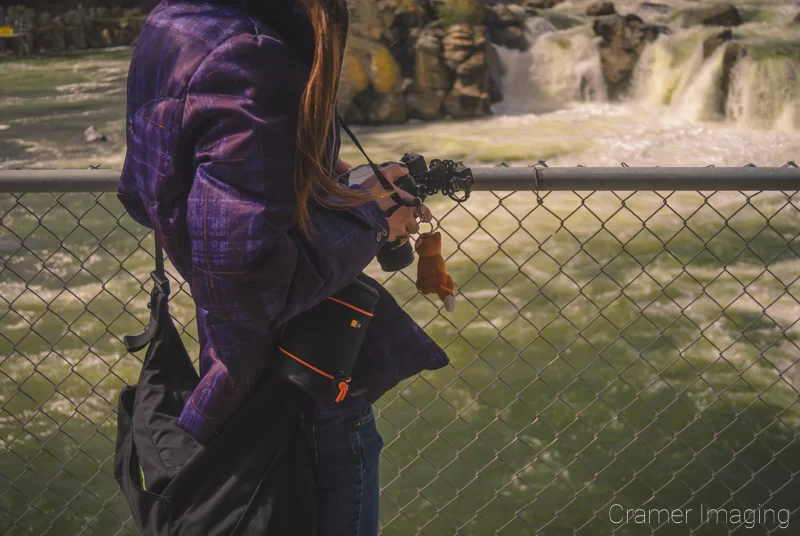
- Cost is a big factor. Oftentimes, the cheaper the price, the better. You don’t need to go broke buying yourself a super expensive camera with tons of features you won’t use. It’s simply a waste of money to do so. Landscape photography is relatively easy to pick up as a photographer (at least compared to other genres) so don’t spend more than you need to Save that money for trips to amazing landscape photography locations instead.
- Weight is also a factor. If you dive deeply into landscape photography, you might find yourself pursuing shots in remote places as not every amazing view is easily accessible from the car. Hiking will be your way in. Then you must worry about how much weight you carry. Every pound or kilogram extra will tire you that much sooner. All those extra bells and whistles will add weight to your camera body. Do you really need all those bells and whistles hiking a few hours out to a super remote location such as The Wave? Only you can answer that for yourself, but I recommend against it.
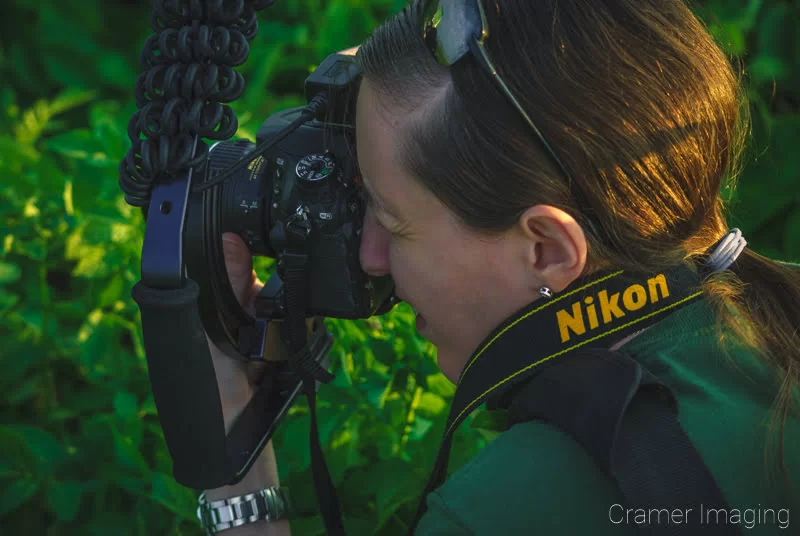
When shopping for my own camera body, I was very surprised by what I learned about my needs vs. what was on the market. Even almost 10 years ago (at time of writing), I didn’t need a super fancy and expensive camera body for my landscape photography. Thanks to the megapixel and ISO races taking place right about then, an entry-level camera easily met my needs as a landscape photographer. Since there’s been another megapixel and ISO race, things have improved greatly since that time. You’ll likely find similar results to my own. So don’t forget to investigate the entry-level DSLR camera bodies too.
Conclusion
In conclusion, while practically any camera body will work for landscape photography, choosing the best is a matter of meeting your needs. If you find that you need a particular feature or camera ability for your landscape photography, then the best camera body for you is one with that feature or ability. It really is that simple. By taking the time to properly assess (or as close as possible) your needs, you will be empowered to find yourself the right camera body for you and your landscape photography pursuits. Good luck with your shopping and remember to not fall victim to gear lust in the process.
Want to share about your camera body shopping experiences? Find a particularly great camera body model which works for you in landscape photography? Please share below in the comments section.


